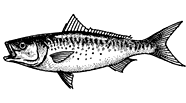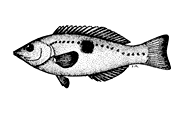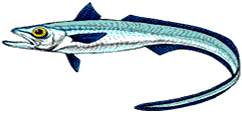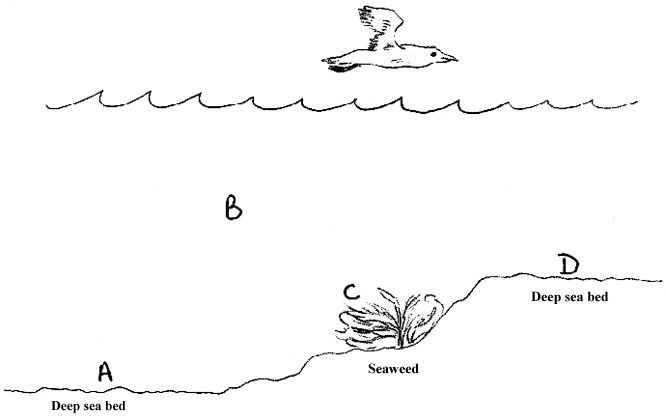Adaptations in fish
| i) Kahawai | ii) Flounder |
 |
 |
| iii) Spotty | iv) Hoki |
 |
 |
| a) |
Look carefully at the pictures, taking particular note of the body shape, eyes, and appearance of each fish. Fill in the table below, identifying the special adaptations of each fish and explaining how these help it survive. The Kahawai has been done for you.
|
||||||||||||||||||||
|
|||||||||||||||||||||
| b) | Think about the special adaptations of each fish. On the diagram below, write the name of each fish next to a letter, to show the place where you think it is most likely to live. |
 |
Peer assessment
With a partner go back and check your answers to Question a).
Have you linked the adaptations you describe and their purposes to the features of the place where you think each lives?
| Features of place | Features of fish |
| A |
|
| B |
|
|
C
|
|
| D |
|


